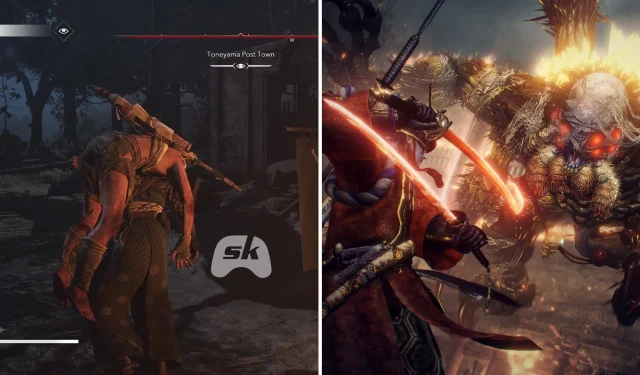The gaming landscape has recently seen the arrival of two notable titles: Assassin’s Creed Shadows, part of Ubisoft’s celebrated action-adventure series, and Nioh 2, the sequel to Team Ninja’s acclaimed soulslike franchise. Both games bring unique experiences to players, but they also share several intriguing elements. This article delves into the key similarities and differences between these two games, shedding light on their distinctive gameplay and thematic approaches.
Shared Features of Assassin’s Creed Shadows and Nioh 2
1) RPG Mechanics at Their Core
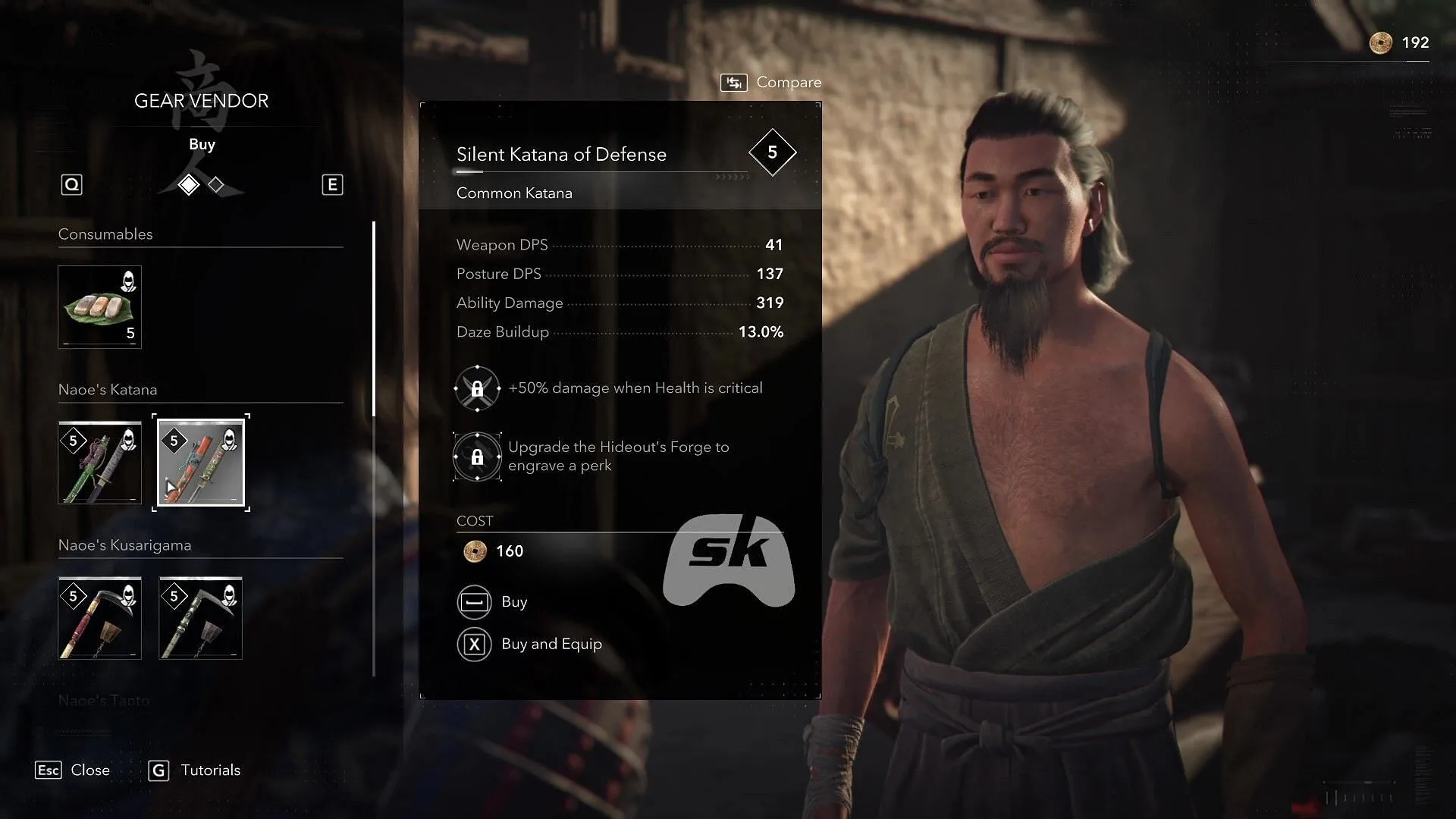
Both Assassin’s Creed Shadows and Nioh 2 harness role-playing game elements, emphasizing loot-based combat. The rarity of acquired gear directly impacts a player’s damage output and effectiveness, while higher-tier equipment grants various buffs. Carefully selecting gear that aligns with individual builds is crucial to succeeding in these games, as is the choice of armor for optimal defense.
2) The Setting: Feudal Japan

Despite notable differences in game mechanics and narratives, both titles are anchored in the historical context of Feudal Japan. This period, defined by the dominance of Shogunates and Daimyos, creates a backdrop where strength is paramount. Oda Nobunaga, the legendary warlord, acts as a pivotal character in both narratives, enriching the shared thematic connection.
3) Emphasis on Melee Combat
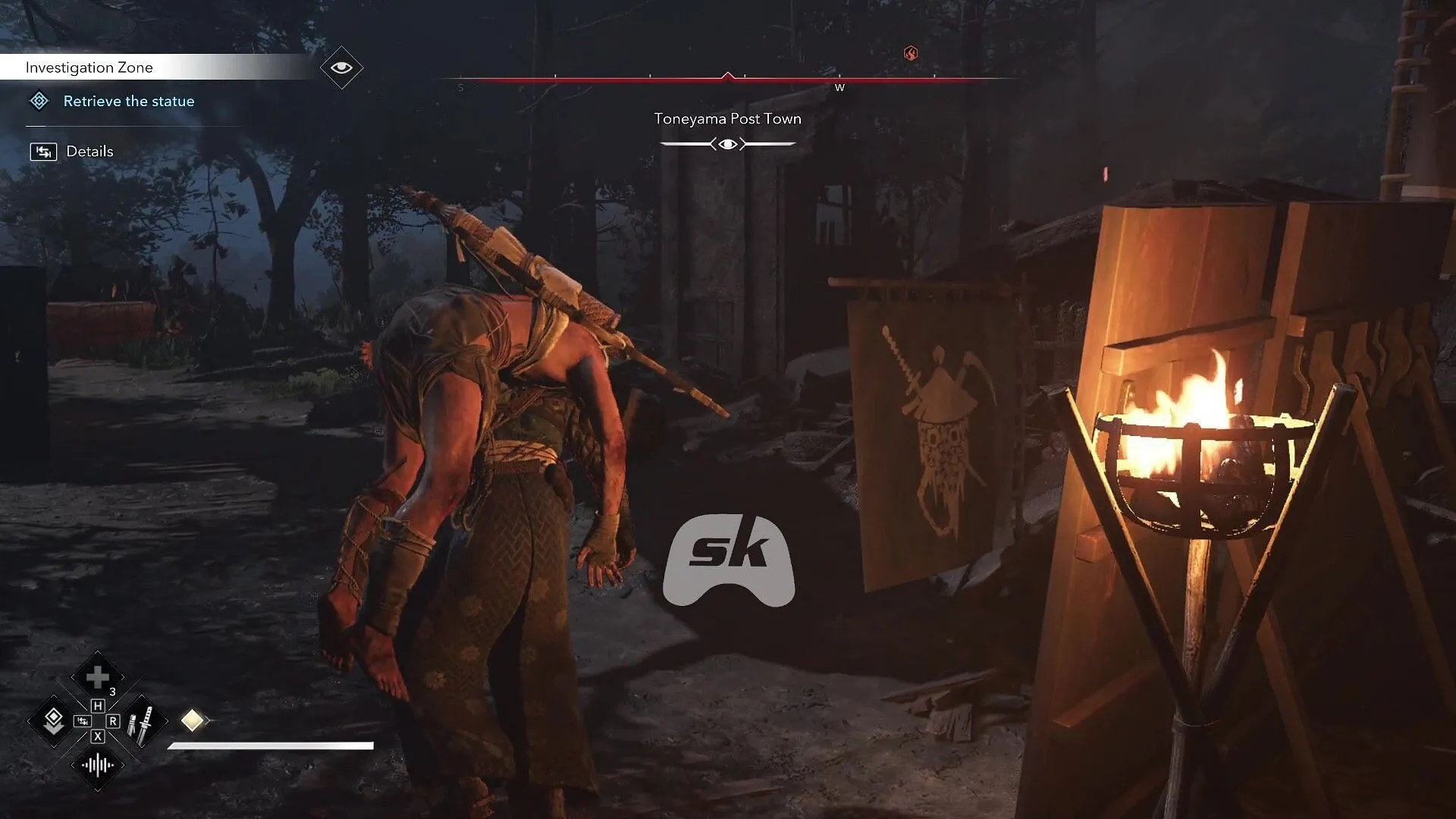
Both games heavily emphasize melee combat mechanics. In Assassin’s Creed Shadows, stealth tactics lead to direct confrontations, utilizing the element of surprise for takedowns. Although ranged options exist, melee weapons dominate gameplay and contribute to the dynamic combat experience across both titles.
Distinct Features of Assassin’s Creed Shadows vs. Nioh 2
1) Combat Dynamics
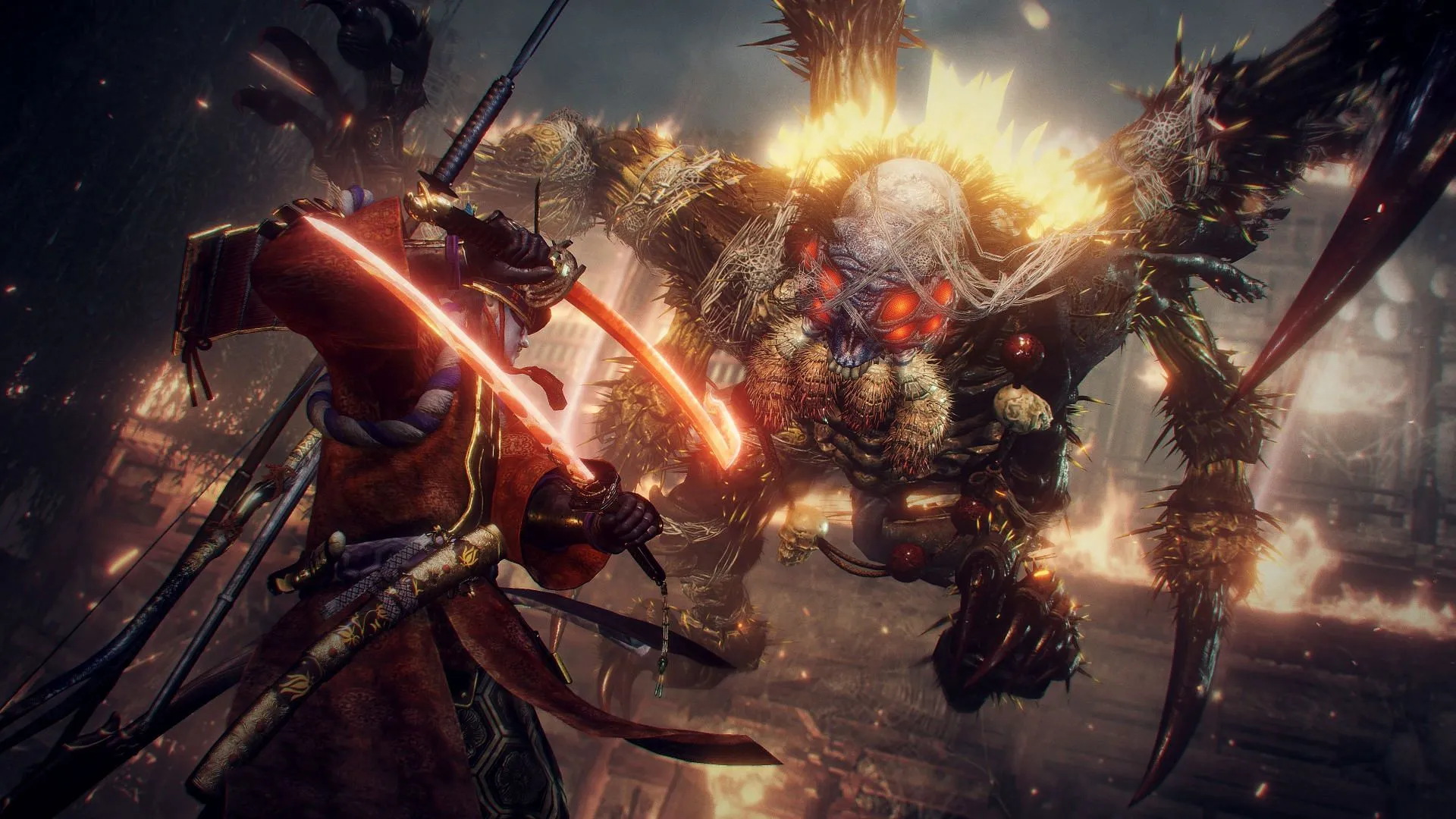
While Assassin’s Creed Shadows showcases a cinematic fighting style, complete with slow-motion sequences and artistic visuals, Nioh 2 prioritizes intricate mechanics and player skill. The latter features a diverse arsenal of weapons, each with a unique feel, complemented by a stance system that is essential for damage optimization during intense battles. Additional systems like elemental effects and yokai transformations add depth to Nioh 2’s combat.
2) World Layout Differences
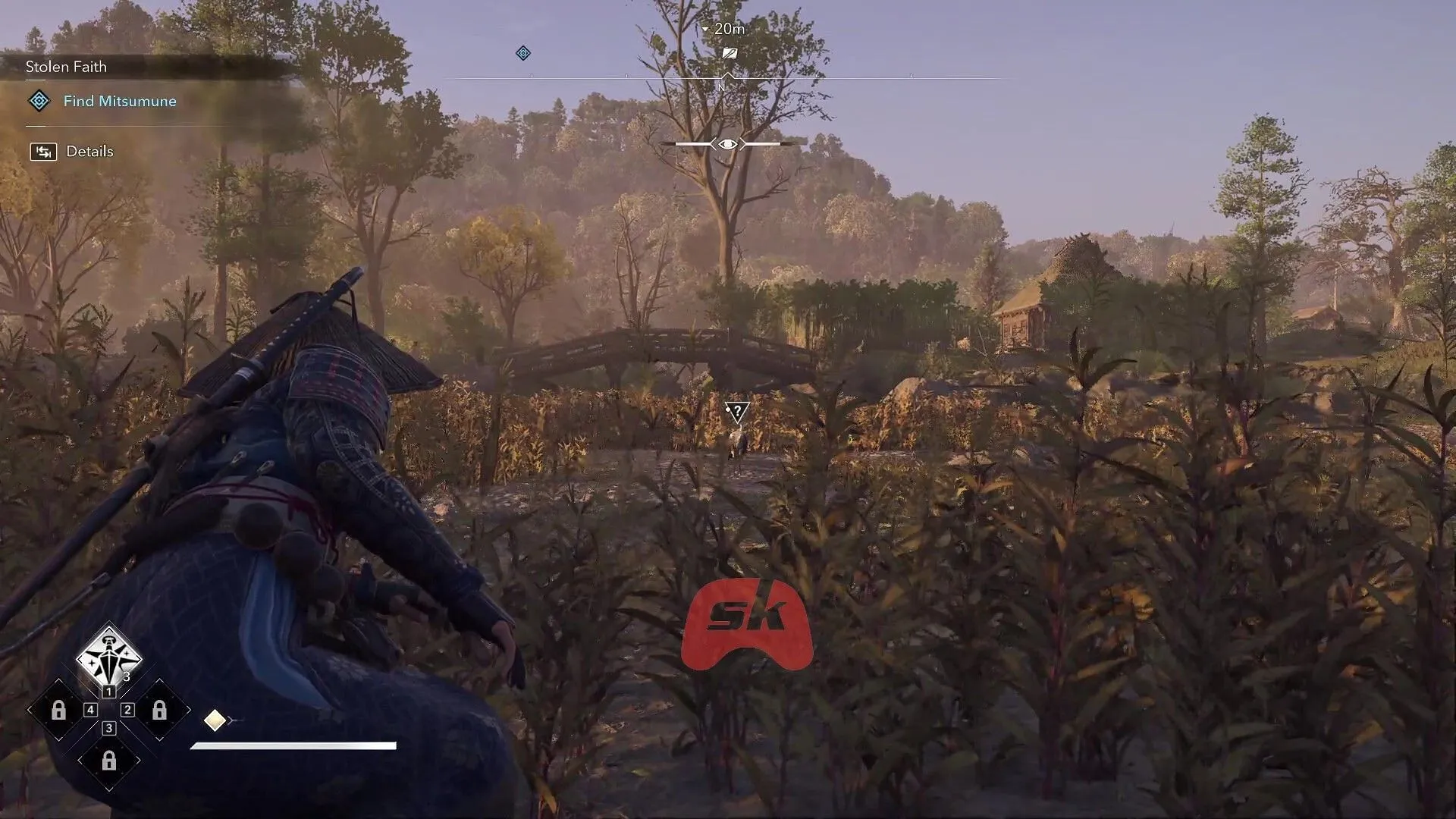
Assassin’s Creed Shadows embraces an open-world format, permitting players to navigate freely, engage in various activities, and uncover collectibles throughout the immersive landscape. This design fosters a sense of exploration and autonomy. Conversely, Nioh 2 employs a mission-based structure, directing players through specific quests with less downtime, allowing them to immediately dive into the game’s intense challenges.
3) Genre Contrast: Action-Adventure Vs. Soulslike
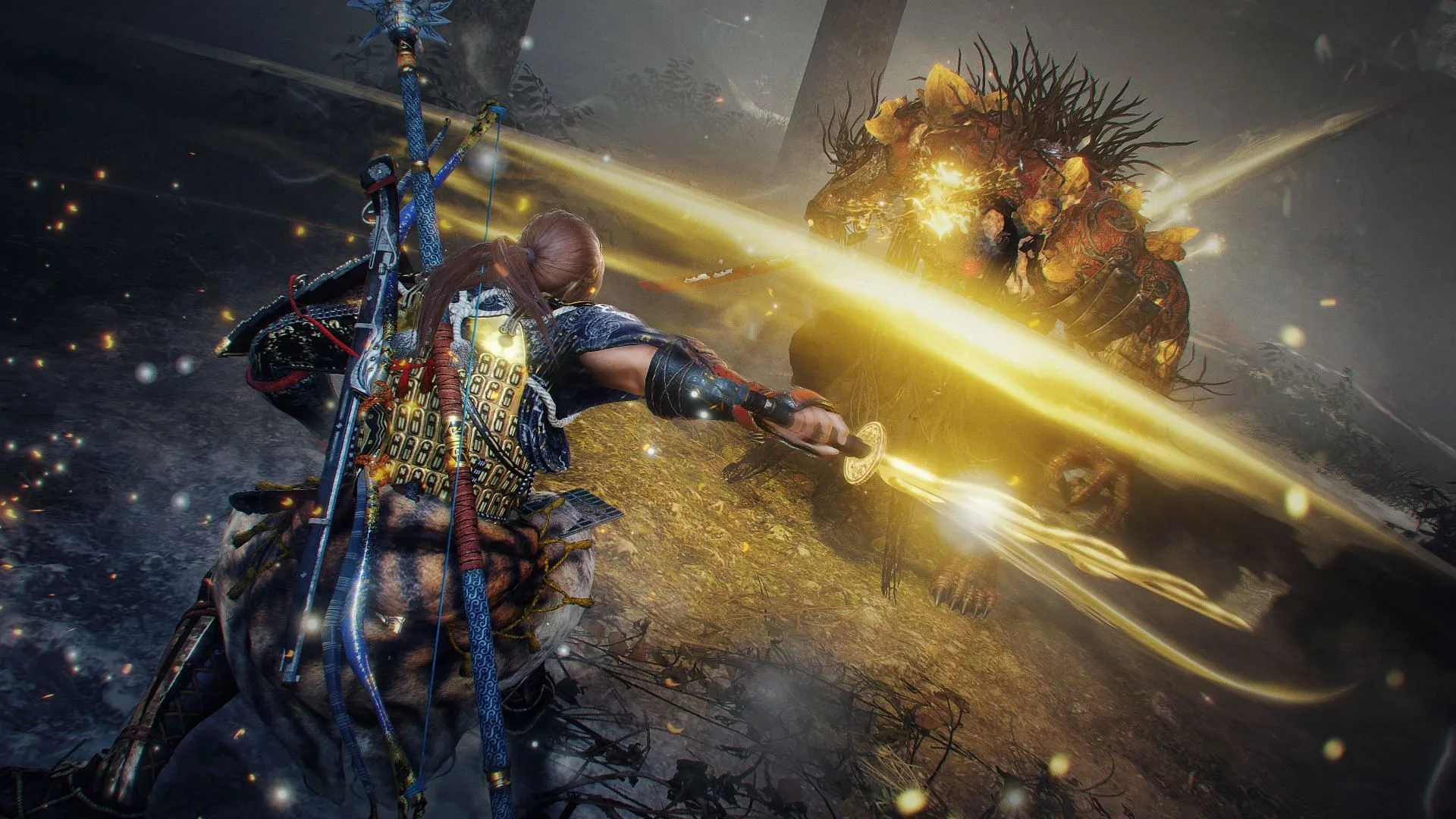
The gameplay loops in both titles illustrate distinct genres. Assassin’s Creed Shadows offers a more straightforward approach, focusing on gear acquisition and progressive difficulty as players advance through the story. Enemy respawn rates are managed, allowing for strategic gameplay. On the other hand, Nioh 2’s design revolves around continuous character development through combat, requiring players to enhance their stats alongside their equipment. The regular respawning of normal enemies at shrines invites players to engage in the thrill of challenging boss encounters consistently.
In conclusion, both Assassin’s Creed Shadows and Nioh 2 provide unique and engaging experiences, appealing to different segments of the gaming community while sharing core elements that enrich their narratives and gameplay. As players immerse themselves in these rich worlds, they will find not only thrilling gameplay but also deep cultural and historical contexts that enhance the overall experience.
